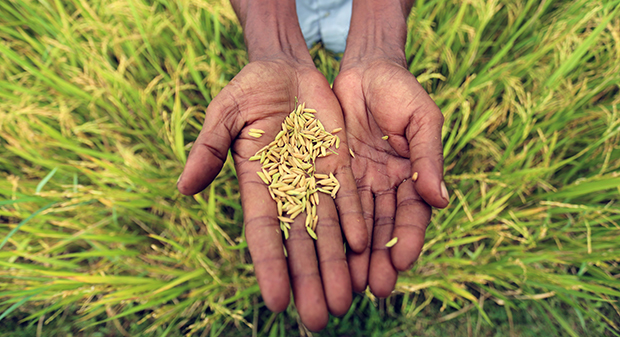Family farming has dominated the agriculture sector in East and South Asia and Sub-Saharan Africa for years. However, these regions are still considered as one of the areas of concentrated poverty – they contained 92 percent of the world’s 1.1 billion “dollar poor” in 2004.
According to the study, reduction of mass dollar poverty highly depends on the growth of output on family farms. Application of appropriate crop science, land and water access, and open markets are factors that need to be considered in order to establish and stabilize family farming.
Widespread growth of farm productivity and employment income can certainly promote mass poverty reduction. Sectors of family farming that allocate funds for technological advancements, land and water use and distribution, and farm incentives will surely increase productivity.
Crop science for family farms certainly help the poor gain from globalization. The increase in high-employment farms and crops will promote additional employment, increased productivity, increased food output, and income growth from small-scale family farmers. Having said this, the notion of globalization becomes more pro-poor – greatly helping in the alleviation of mass poverty.
Reference: Lipton, M. 2005. The family farm in a globalizing world: The role of crop science in alleviating poverty. 2020 Discussion Paper No. 40. Washington, D.C.: International Food Policy Research Institute.
Photo Reference: FAO
Article contributed by Vincent Allen Fernandez, ComDev Asia intern

